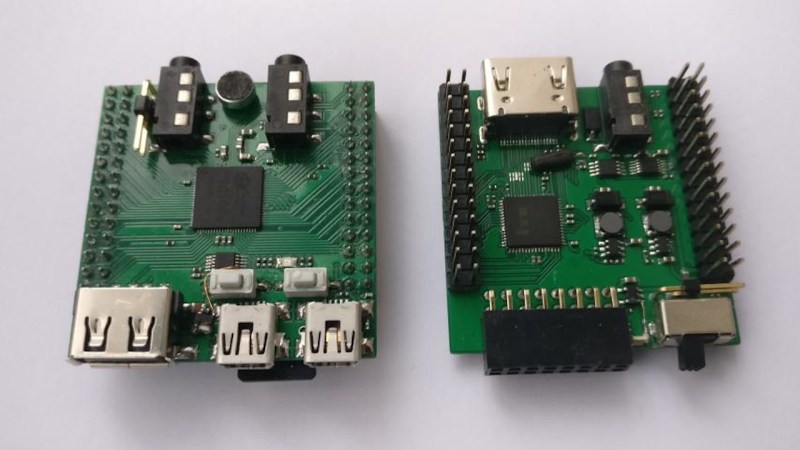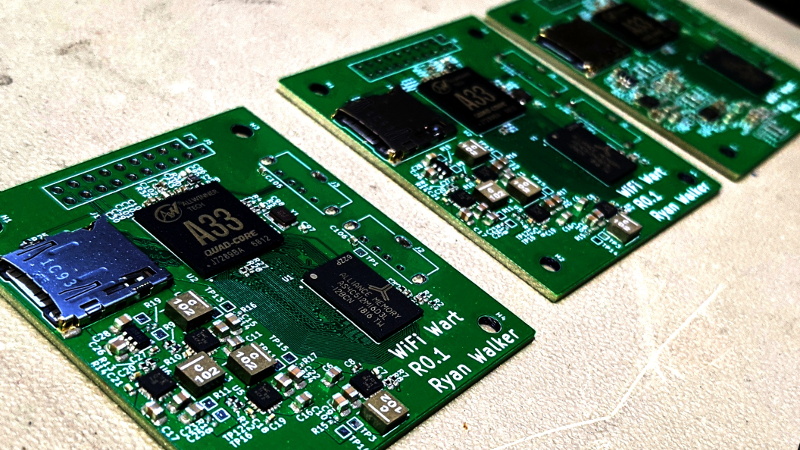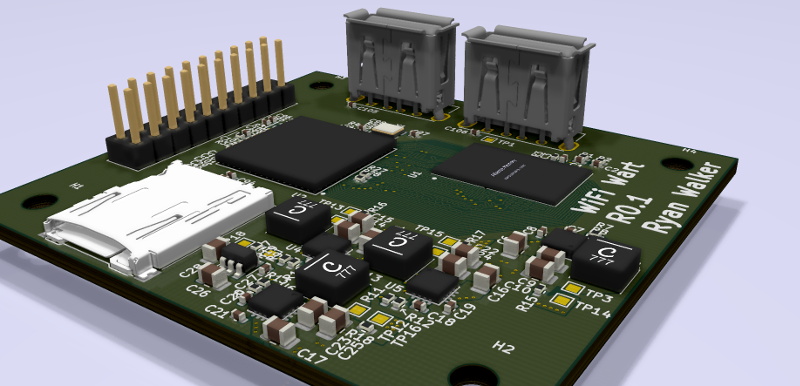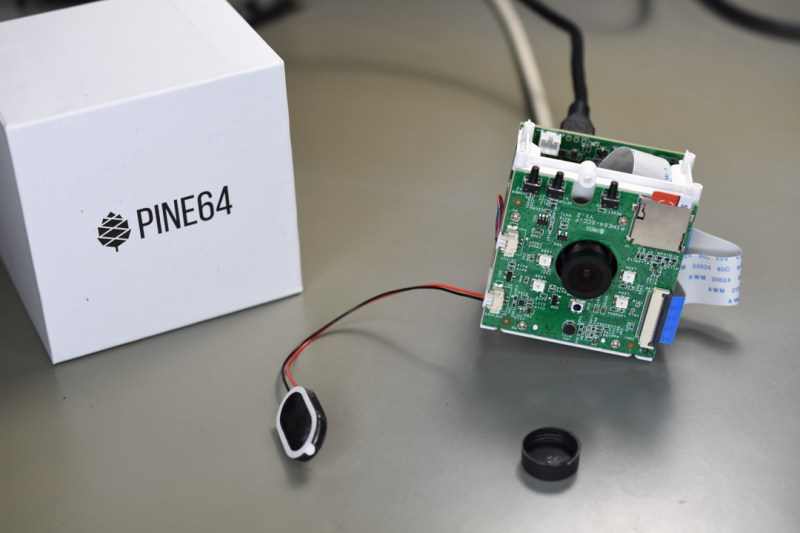A Nifty F1C100S Dual-Board Computer

The F1C100S (and the F1C200S) is a super simple CPU to use – it’s QFN, it has RAM built-in, and it can run Linux. It just makes sense that we …read more Continue reading A Nifty F1C100S Dual-Board Computer
Collaborate Disseminate

The F1C100S (and the F1C200S) is a super simple CPU to use – it’s QFN, it has RAM built-in, and it can run Linux. It just makes sense that we …read more Continue reading A Nifty F1C100S Dual-Board Computer

Today’s Diminutive Device is a small castellated System-On-Module (Twitter link, nitter proxy)from [MangoPi] called M-Core, with a quad-core A53 CPU and 1 GB of RAM. As such, it’s very capable …read more Continue reading MangoPi To Bring A SD-Card-Sized Linux Module

When we last checked in on the WiFiWart, an ambitious project to scratch-build a Linux powered penetration testing drop box small enough to be disguised as a standard phone charger, …read more Continue reading WiFiWart Linux Pentesting Device Gets First PCBs

Among security professionals, a “drop box” is a device that can be covertly installed at a target location and phone home over the Internet, providing a back door into what …read more Continue reading Putting an Ultra-Tiny Linux Board in a Phone Charger…Eventually

When the PineCube was announced by the Pine64 project in 2020, it created a fair bit of interest. Most of this was due to the appeal of a single-board computer …read more Continue reading Hands-On With PineCube: An Open IP Camera Begging for Better Kernel Support
It takes a lot of work to get a functional PCB business card that’s thin, cheap, and robust enough to be practical. If you can even blink a few LEDs on the thing and still hand them out with a straight face, you’ve done pretty well for yourself. So you …read more
If there’s one thing tiny Linux Systems on a Chip are good for, it’s emulation. There’s nothing like pulling out an emulation console on the bus for a quick game of old-school NES Tetris, or beating the next level in Super Mario World. This is the smallest emulation console ever. …read more
Continue reading The Pocket Emulator That Will Fit In Your Pocket
The cost of tools and test equipment has largely been on the downward trend for years, making it now more affordable than ever to get into the hacking and making scene. This is particularly visible with something like the venerable oscilloscope: a piece of equipment that was near unobtainium for the home hacker a decade ago, you can now get digital pocket scope for as little as $20 USD. But there are still pieces of gear which haven’t quite hit the sort of prices we’d like to see.
A perfect example are thermal imaging cameras. The cheap ones are usually …read more
Continue reading Teardown of a (Relatively) Cheap Thermal Camera
Over on the EEVblog, someone noticed an interesting chip that’s been apparently flying under our radar for a while. This is an ARM processor capable of running Linux. It’s hand-solderable in a TQFP package, has a built-in Mali GPU, support for a touch panel, and has support for 512MB of DDR3. If you do it right, this will get you into the territory of a BeagleBone or a Raspberry Pi Zero, on a board that’s whatever form factor you can imagine. Here’s the best part: you can get this part for $1 USD in large-ish quantities. A cursory glance at …read more
Continue reading A $1, Linux-Capable, Hand-Solderable Processor
What do you get when you cross an ARM-based Linux PC and an RTL-SDR? Sounds like the start of a joke, but the answer is Outernet’s Dreamcatcher. It is a single PCB with an RTL-SDR software defined radio, an L-band LNA, and an Allwinner A13 processor with 512MB of RAM and a 1 GHz clock speed. The rtl-sdr site recently posted a good review of the $99 board.
We’ll let you read the review for yourself, but the conclusion was that despite some bugs, the board was no more expensive than pulling the parts together separately. On the other hand, …read more